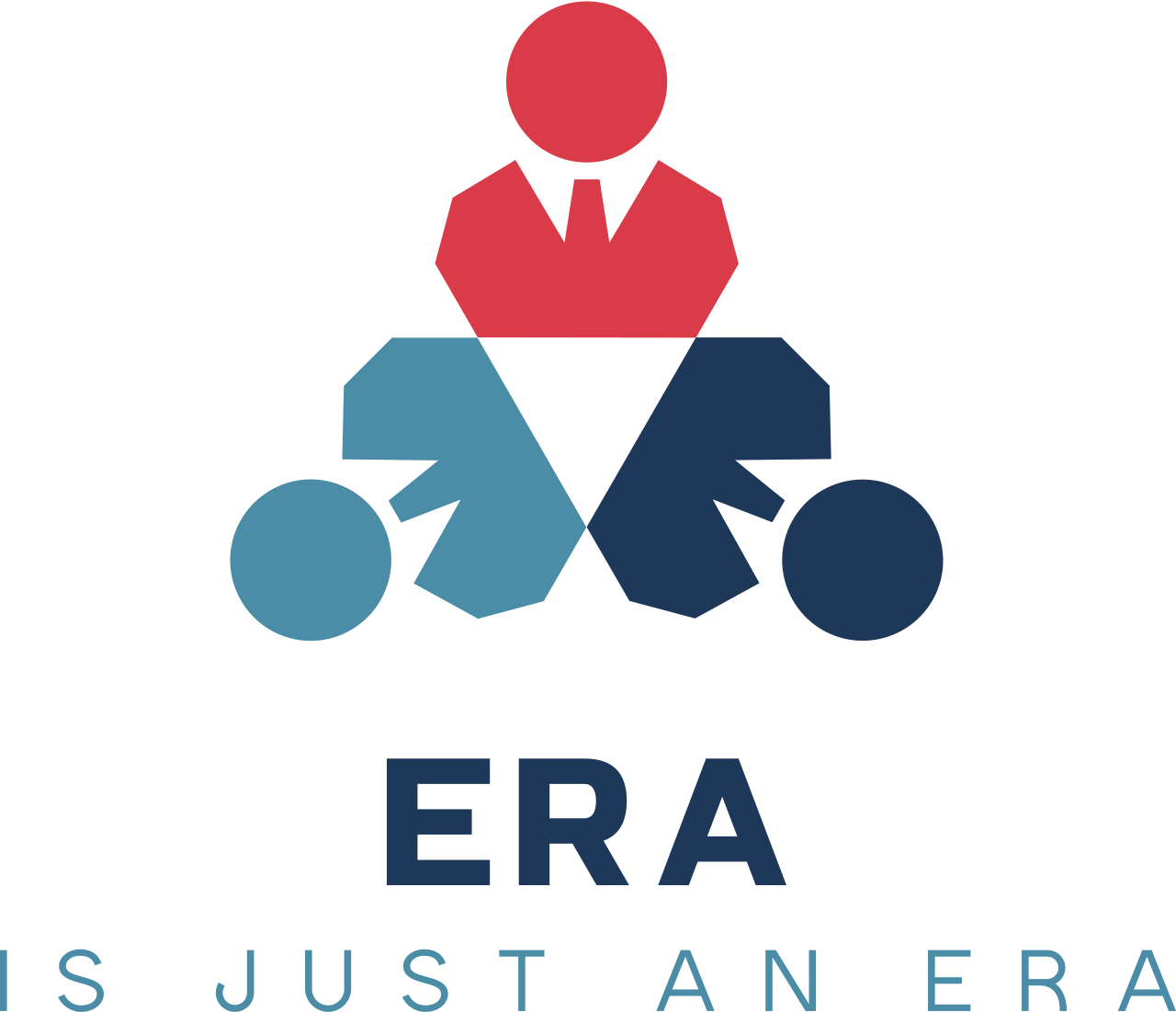Revolutionizing Work: Embracing the Future of Remote and Hybrid Models
In what ways does the abrupt shift from remote work to compulsory office attendance serve as a case study for understanding the broader economic consequences and gender disparities in labor force participation?
In today’s dynamic economic landscape, the way we work is undergoing a transformative shift, driven by innovative adaptations in remote and hybrid work policies. Emerging research highlights how the abrupt transition induced by global events has not only challenged longstanding office norms but has also accelerated the incorporation of advanced technologies and flexible arrangements that redefine productivity and employee well-being.The disruptive, exogenously triggered move toward remote work has unlocked previously unrecognized benefits for many professionals. By leveraging digital communication platforms and robust IT infrastructures, organizations are experimenting with tailored work environments. These innovations enable certain employees to maintain high productivity levels, enhanced mental health, and improved work-life balance, especially for those who thrive in a remote setting. At the same time, the irregularity of remote policies has allowed decision-makers to explore hybrid models, where employees balance between remote collaboration and traditional in-person engagement.New empirical models are beginning to capture the heterogeneous impact of remote work. They classify workers based on how they integrate remote practices into their routines, suggesting that a one-size-fits-all approach may not be effective. Instead, firms using advanced data analytics are fine-tuning policies to support diverse worker needs, thereby improving outcomes in productivity, job satisfaction, and innovation. This approach is bridging the gap between technological potential and practical application, ultimately fostering more resilient business structures.Moreover, the remote work revolution has also sparked a reevaluation of office spaces, leading companies to optimize large expenditures by shifting more operations digitally. By reallocating resources towards sophisticated home working environments, businesses have discovered new levers for enhancing skilled workers’ effectiveness. This shift not only underscores the agility of modern organizations in adapting to external disturbances but also signals a broader trend towards more sustainable, digitally-centric practices that reshape urban economic metrics.However, with these advancements come challenges such as work-life blurring and potential burnout, requiring innovative solutions in workflow management. Organizations are now investing in practices and methodologies that help employees establish healthy boundaries, thereby ensuring that the human element remains at the forefront of this digital transition.In essence, the evolution of remote work represents a significant milestone in modern labor dynamics. By embracing flexible policies and leveraging digital innovation, businesses can unlock unprecedented value, foster employee well-being, and pave the way for a more sustainable future in work.
